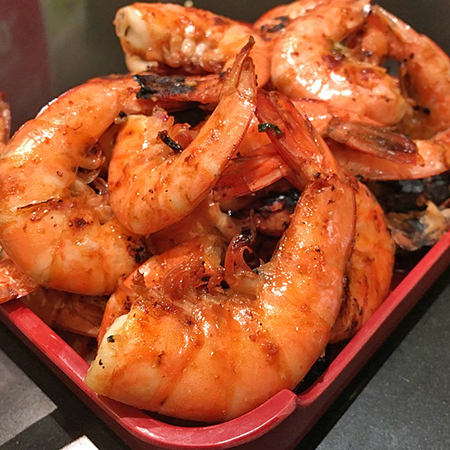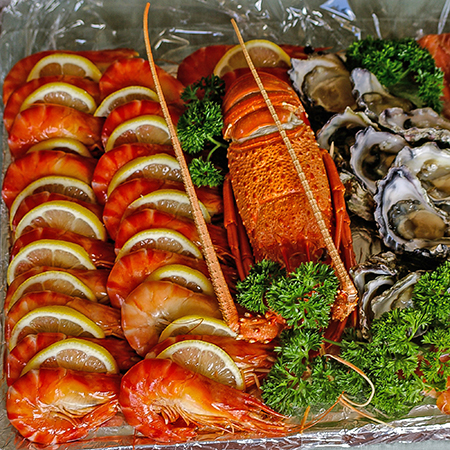How to Make Your Friends Rave About Your Seafood
 Love seafood when you eat it at restaurants but not when you prepare it at home? Mastering the art of cooking seafood is tricky! Fish and shellfish can seem unforgiving because it can overcook so easily. Once you’ve mastered the technique, cooking seafood is a breeze!
Love seafood when you eat it at restaurants but not when you prepare it at home? Mastering the art of cooking seafood is tricky! Fish and shellfish can seem unforgiving because it can overcook so easily. Once you’ve mastered the technique, cooking seafood is a breeze!
These 10 tips will help you prepare seafood that you’ll be proud to serve to your friends or family.
remove water on the outside.
It might seem counterintuitive to pat fish dry before you cook it since you don’t want it to dry out. But removing moisture on the surface of the fish won’t dry out the meat. Instead, it’ll help the outside to brown nicely.
Butter fish with mayonnaise before roasting
Spreading a little bit of mayo over your fish, before you put it in the oven, will keep it nice and moist. For more flavor, mix seasonings into the mayo before brushing it on the fish. This technique is also great for fried fish. You can brush the fish with mayo before tossing it in breadcrumbs.
Only flip seafood once while it cooks.
Wait until fish, scallops or shrimp are cooked about 70% through before flipping them. This will help the seafood to get a nice sear and cook faster. It will also prevent tender fish from falling apart.
Use the right oil for frying and sautéing.
When you’re sautéing seafood, you can use an oil with a lower smoke point like olive oil or almond oil. When you are frying fish, be sure to use an oil with a high smoke point like a peanut oil or canola oil. Heat it to just about 375 degrees F.
Don’t overcrowd the fryer or frying pan.
Throwing too many breaded shrimp into the fryer or too many pieces of breaded fish into a pan will decrease the temperature of the oil. Your fried seafood won’t be as crispy. This is why it’s important not to overcrowd the fryer or frying pan. Only add a few pieces at a time.
Drain fried seafood on a cooling rack
 To keep your fried seafood crispy, place it on a cooling rack after you take it out of the oil. Don’t place it on a paper towel or a brown paper bag where the oil will pool and make the breading mushy. As you rinse off mussels or clams before cooking them, toss out any with broken or open shells. This will ensure you don’t eat one that died early and has gone bad.
To keep your fried seafood crispy, place it on a cooling rack after you take it out of the oil. Don’t place it on a paper towel or a brown paper bag where the oil will pool and make the breading mushy. As you rinse off mussels or clams before cooking them, toss out any with broken or open shells. This will ensure you don’t eat one that died early and has gone bad.
don’t over cook mussels & clams
Mussels and clams cook quickly. To prevent them from getting chewy, from being overcooked, keep a big bowl next to the cooking pot. Immediately remove mussels or clams when their shells pop open. (For mussels, this usually takes 3 – 5 minutes. For clams, this usually takes 5 – 10 minutes.)
Let thick fish steaks come to room temperature before cooking.
Just like steak, letting thick fish steaks come to room temperature before cooking will make it more tender. Be sure to only leave it out for 20 to 30 minutes so that it isn’t in the temperature danger zone for too long.
Pair seafood with vegetables that cook just as fast.
Most seafood is ready in less than 10 minutes. To ensure that all your dishes are ready at the same time, pair it with vegetables like bell pepper, broccoli, asparagus, or tomatoes that also cook quickly. If you want to serve it with a side that takes longer to cook, be sure to get it into the oven or onto the stove first. Do you have any tips about cooking perfect seafood? If you have, share them with us in the comments!
If you’ve been hunting for a great seafood market, swing by City Fish Market! Restaurants and foodies throughout Connecticut come to us for their seafood!


